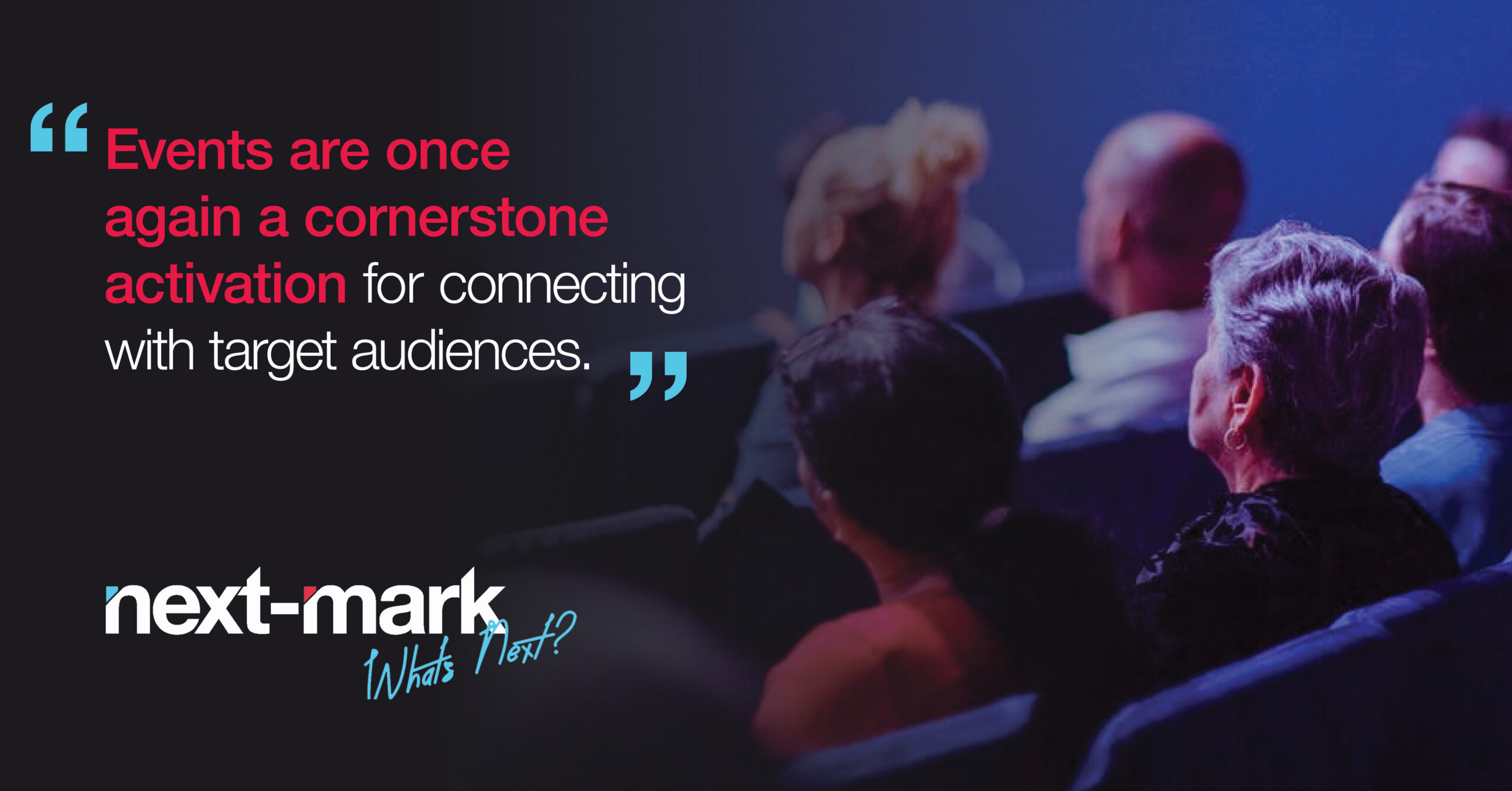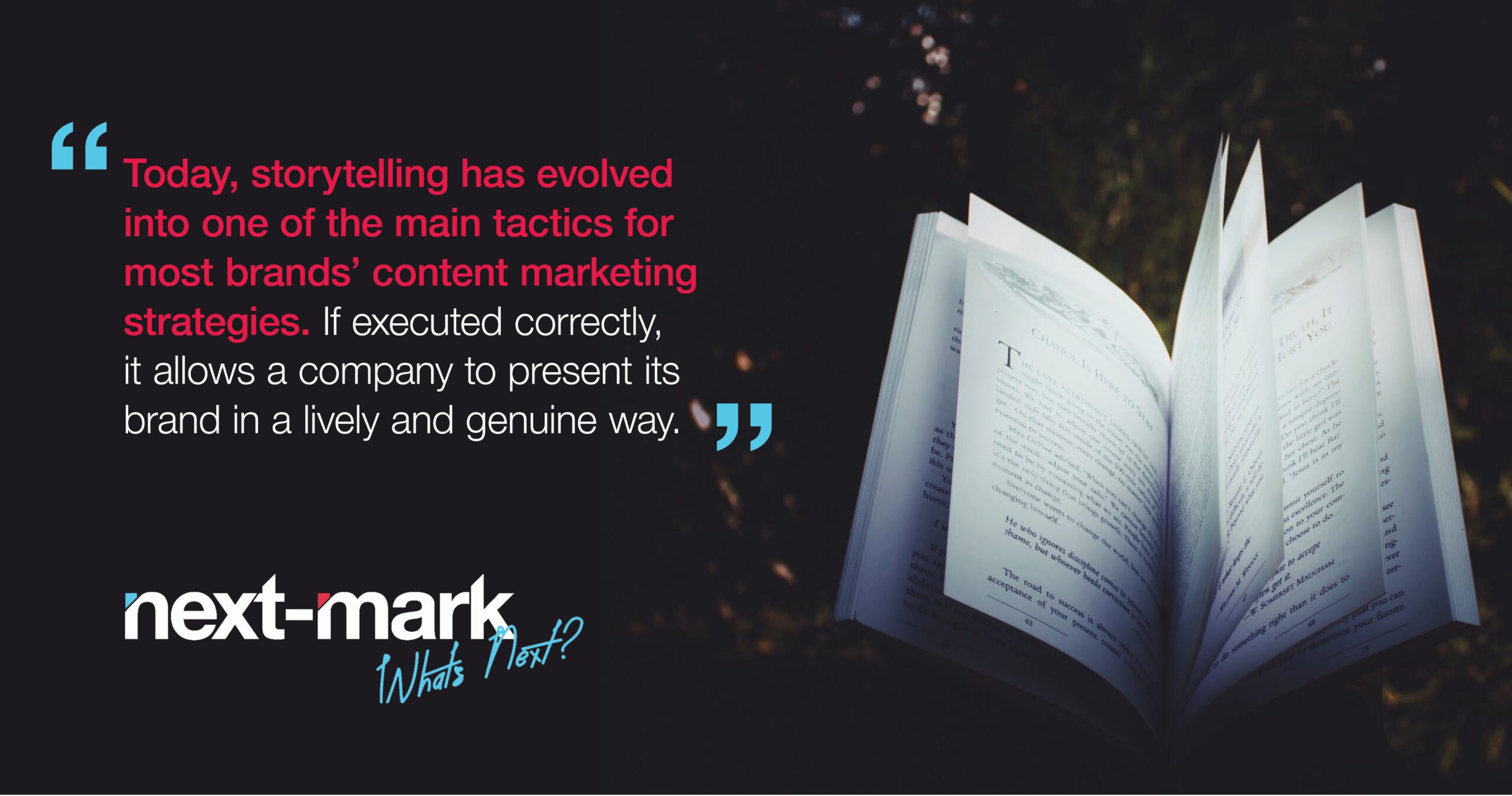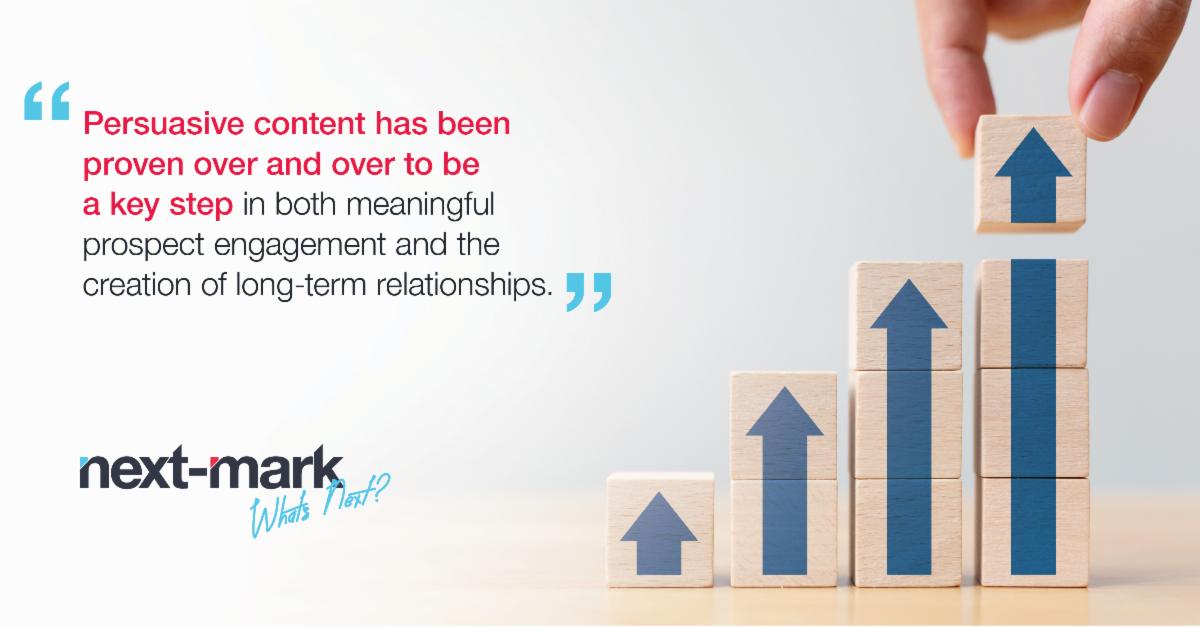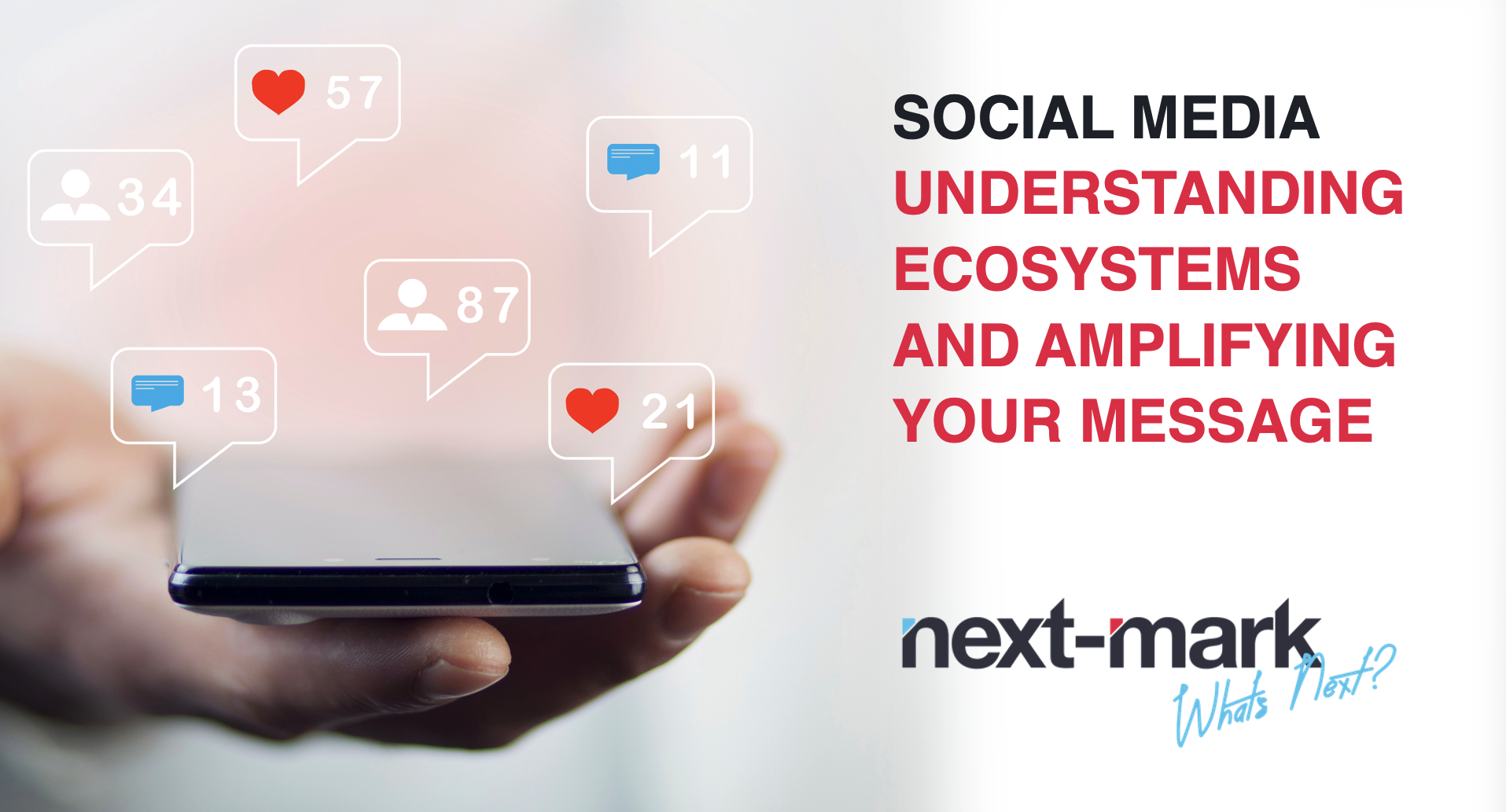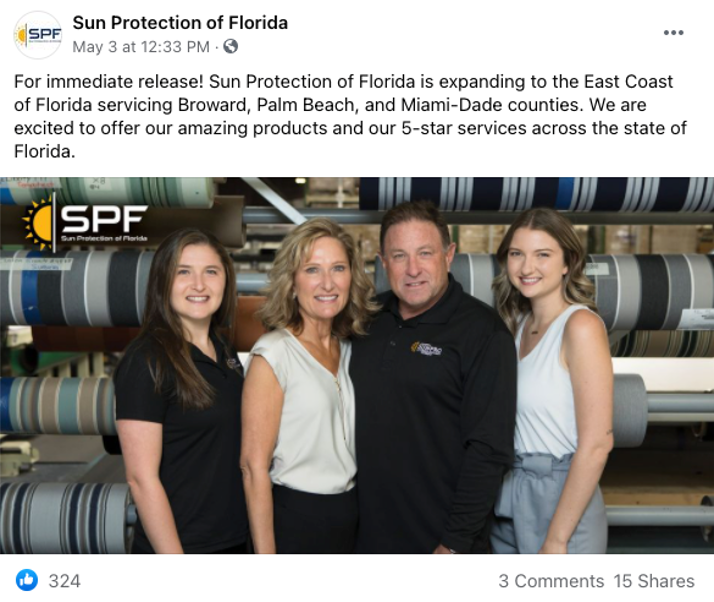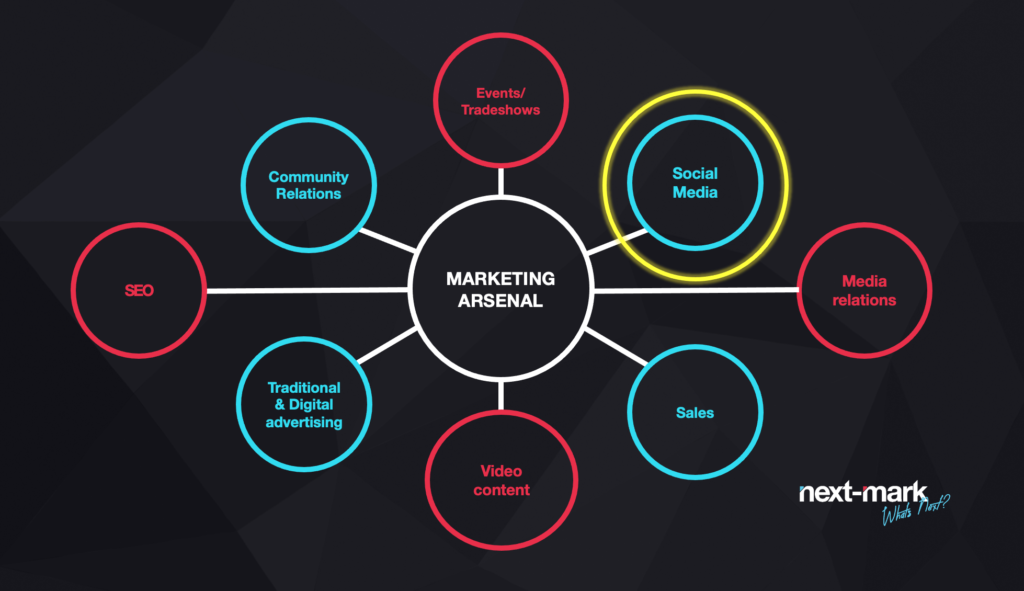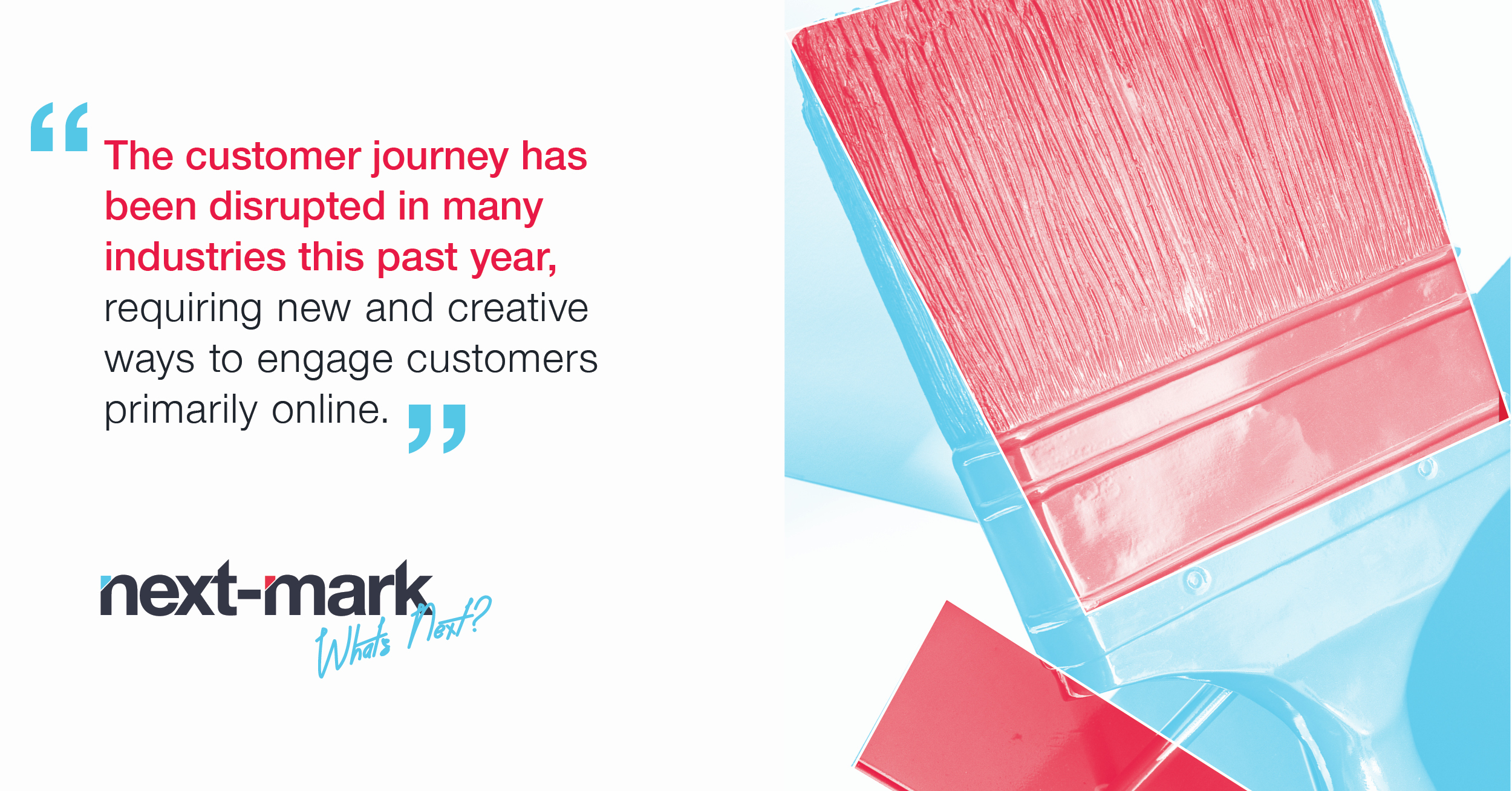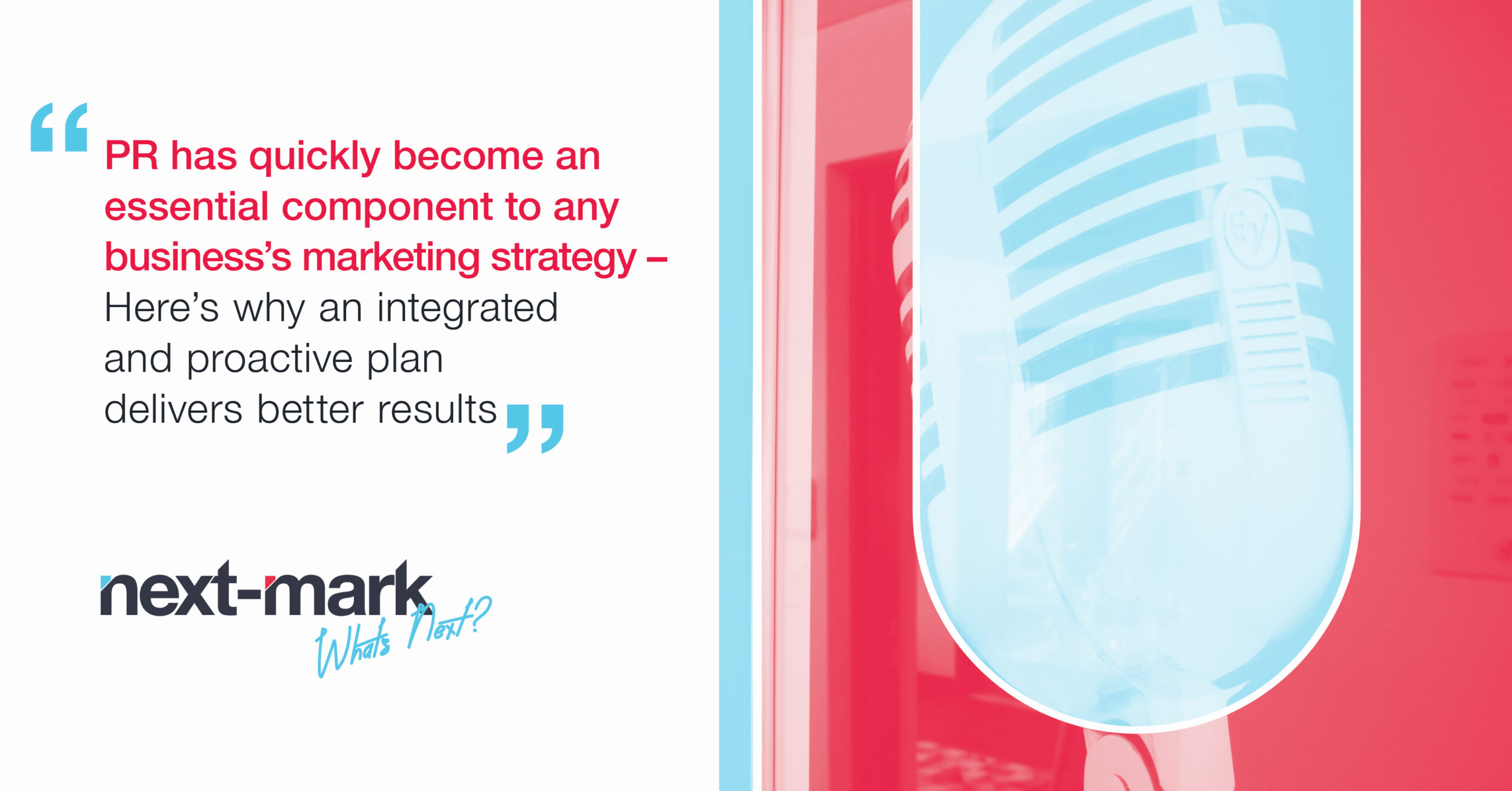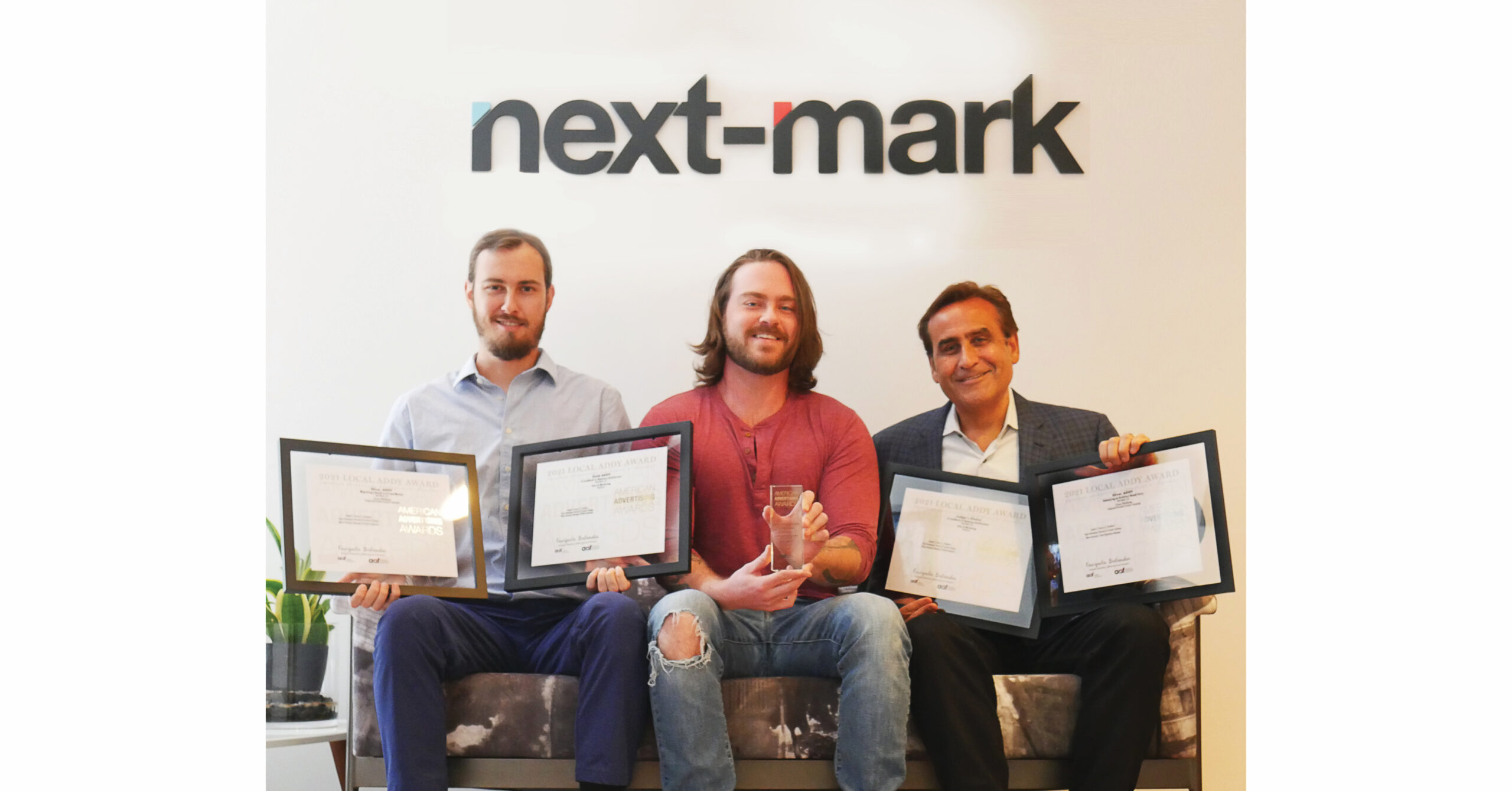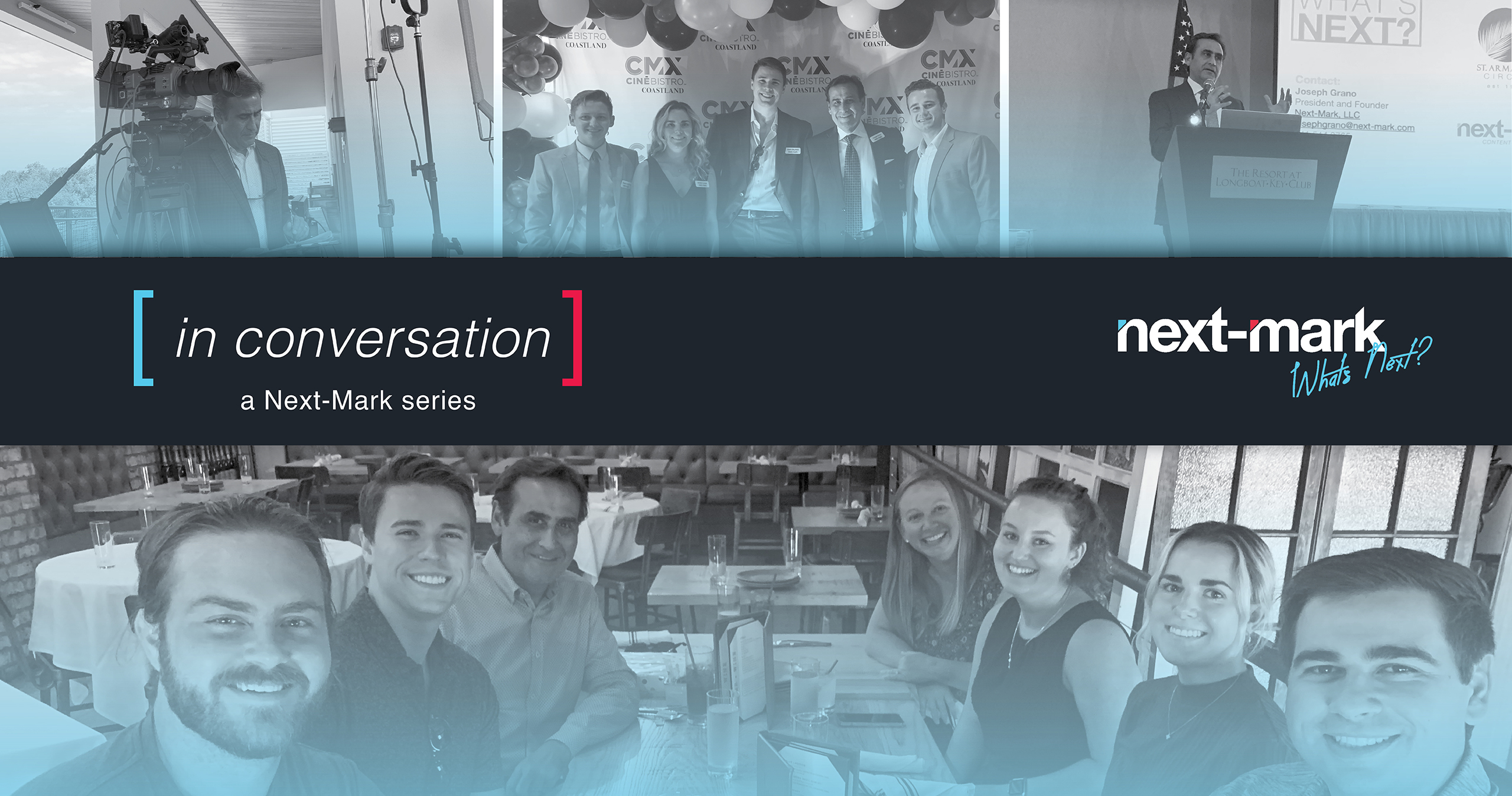
In Conversation Series with Joseph Grano
Over the next few months, we will focus on insights from our team members. We kick off this series with Next-Mark President and Founder Joseph Grano. Joe dishes on what makes him tick, offers some advice for success in business and discusses the importance of trusting your gut.
What are some lessons learned after 16 years in business?
The single biggest lesson I’ve learned is to stick to your core competencies, the things you do well. Sometimes, especially when yours is a new business, you’re tempted to take on projects you’re not ready for or that fall outside your current level of expertise. I think that’s how a lot of businesses get lost in the weeds – trying to be all things to all people. It doesn’t work that way. You have to be ready when you say “yes” to something.
Once you understand your core competencies, another big lesson is to seek out clients that align with them. For me, I have an MBA that helped foster a more strategic approach to marketing. I seek out clients that are willing to be strategic and go on a longer journey with us. While I am confident we’ve done exceptional work for all our clients over the years, the best work we’ve done is with clients that have a longer view for their company and value the arc of a business relationship. A good campaign is about more than picking out colors and having strong creative components; it’s about telling a bigger story and aligning with the strategic direction of the business.
What do you think has helped set Next-Mark apart from other firms?
First, we’re very agile. We don’t have a monolithic organization weighed down by unnecessary systems and protocols that can bog down processes, as is the case in some corporate cultures. This enables us to have a short turnaround time for our deliverables, with the time spent actually doing the work. Something else that sets us apart as that we stay engaged with our clients at all levels and through all stages of the relationship. I’m personally in the trenches every single day with our clients, and I expect the same of our team. When clients see that the owner is involved in the day-to-day operation of a service partner, it sets the tone for accountability.
You mentioned accountability and agility. Are these things you look for when building a team, as well?
The single most important trait I look for is kindness. I don’t care how much talent someone has if they aren’t a genuinely kind person. But accountability and agility are definitely two requisite components of the collaborative approach we take here. We want employees who know how to function as part of a team and work collaboratively with each other and with clients. At Next-Mark, we check our egos at the door and truly listen to client feedback and direction. It’s also important that people love what they do and eager to see what each working day brings. That all lends to flexibility of thought that, in my experience, elevates our work to a sum greater than its parts. It’s about finding the right balance of humor, hustle and heart.
What concerns you most in business today?
In today’s digital age, people are allowed the emotional distance to feel comfortable in detaching themselves from others, which in turns makes it acceptable to ghost them. Although we hear about ghosting a lot in social media, I’ve seen it in business, as well. One day, you’re engaged with a client or prospect and the next day they’ve stopped answering calls or emails with no explanation. Business is still very much about relationships, and burning bridges is never a great way to operate. I completely believe there is a beginning, middle and end in all business relationships and true professionals understand where they are in that lifecycle. It’s always hard when relationships end, but it is critical to be transparent, honest and accountable.
As the industry and world continue to trend digitally, what comes next in Marketing?
The digital ecosystem of marketing has forced agencies to keep their eyes just over the horizon. We need to always be looking six months to a year or more out to make sure we’re prepared for change. I think the internet age has taught us that things can change remarkably fast with no warning, and it can feel sometimes like what you do today is obsolete tomorrow. So, one of the things we’ve tried to do is diversify. As a company, strategic marketing communications and public relations has been a powerful and productive niche, but now we have added another dimension to our business becoming a Certified Salesforce Partner creating new and innovative opportunities to better serve our clients.
What do you love about the work?
Honestly, my Instagram profile says it best: “I am a steward of creativity and a purveyor of ideas.” I love the creative process, especially when it’s part of a business strategy. I’m energized when we’re all in the room together brainstorming ideas for campaigns. I am a pathologically positive person; I can always find a silver lining. This industry is as much an emotional fit for me as it is a practical one—I genuinely love what I do and am excited about coming into work every day.
